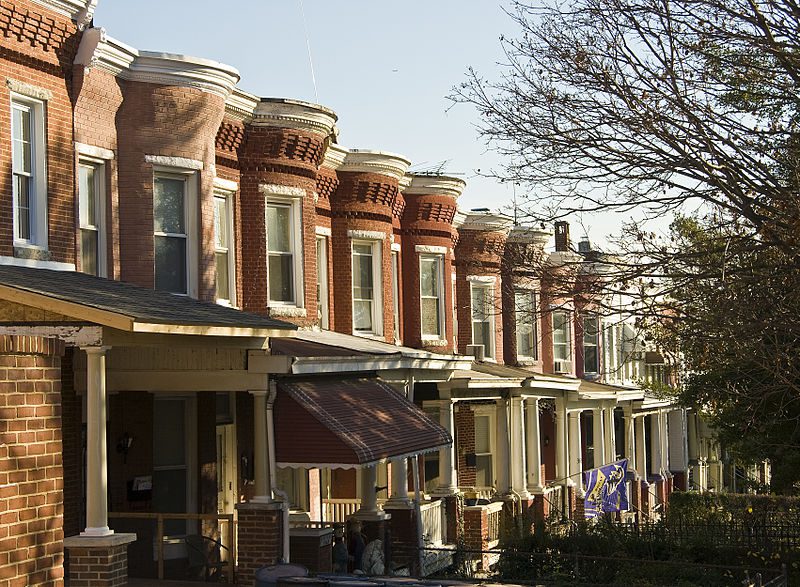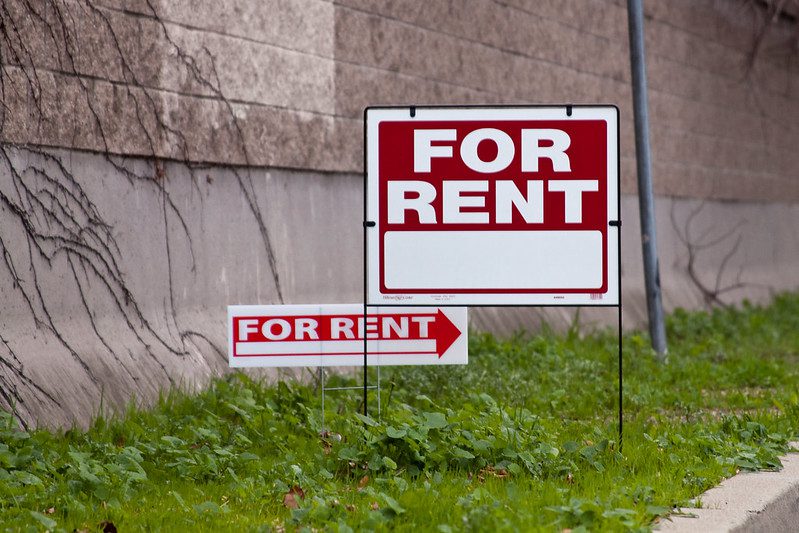Last month I wrote about why Project Rebuild is basically a bad idea, and why the Obama administration is making a mistake by trying to refloat it once again, rather than taking a fresh look at the question. This month and next month I’m going to suggest what a real federal neighborhood stabilization program might look like. In this post I’m going to start with some basic principles, and next month try to translate them into what such a program might look like.
First, what is it, exactly, that we’re trying to accomplish?
In some respects, the term “a stable neighborhood” is a misnomer. No American neighborhood is literally stable, in the sense that nothing changes, and people are born and die in the same house. Urban neighborhoods constantly change, and constantly confront problems and challenges; as Jane Jacobs wrote, however, “a successful city neighborhood is a place that keeps sufficiently abreast of its problems so it is not destroyed by them.”
A healthy neighborhood is a socially resilient place.
That resilience, however, is built on a foundation of consumer choice and commitment; the neighborhood’s residents—or enough of them so that the rest don’t matter—must be committed to the neighborhood. That, in turn, is unlikely to be the case unless they are both there by choice, and believe that they get a decent return on their emotional as well as financial investment by continuing to live in the neighborhood. That also means that they have confidence in the neighborhood; either that it is a good place to live, or that it is on a positive track to become a good place to live.
When a neighborhood is not stable, what’s happening is just the opposite. The neighborhood is beset by destabilizing forces such as vacant properties, foreclosures, predatory landlords, crime and drugs, or other problems that it lacks the internal social or economic resources to solve. Instead of moving ahead, it is falling behind. Second, not enough of the people in the neighborhood actively want to be there; few people who can pick and choose between neighborhoods in the metro are choosing to live there, and too many of the people who already live there would get out if they could afford to. They lack confidence in the neighborhood, either in what it is today or what they expect it to become. That doesn’t mean that nobody cares; almost every community has a band of stalwarts trying to hold the neighborhood together. But if the great majority of residents are sitting on the sidelines, their efforts are likely to be fruitless.
What does this mean in terms of neighborhood stabilization?
It means that any successful strategy has to be multidimensional. To begin, someone has to first identify, and then address, the specific problems that are destabilizing the neighborhood. Not only the problems, but the particular features of the problems, are likely to vary from one neighborhood to the next. While to be sure there are general principles that apply to code enforcement, or to fighting crime, the specific strategies need to be grounded in the neighborhood’s particular realities. Who is that ‘someone’ is an important issue, which I’ll get to.
The second piece is to take specific steps to get more people to buy homes in the neighborhood, and more people who are already in the neighborhood—and who can afford to leave—to stay and invest in the neighborhood. Ultimately, that is the best way to grow the number of people who care about the neighborhood, and are willing to invest their energy in making it stronger and more resilient. In the long run, if one fixes the destabilizing problems, this may happen on its own. One cannot be sure, though, and by focusing on it early it reinforces the efforts being made to fix the other problems.
This is particularly important when it comes to getting people to buy, fix up and move into houses that need rehab. In most troubled neighborhoods, the cost to buy and rehab a house often exceeds its after-rehab market value, and financial incentives may be needed to induce people to take these houses on. It’s not just about financial incentives, though; it’s about curb appeal, it’s about marketing, and about becoming a welcoming community. But in the end, it’s about motivating people—homebuyers, developers, responsible investors, small business people—to spend their money, not about spending public money.
Finally, someone with the ability and the resources to pull these pieces together has to lead the effort, and keep track of all the moving parts. City government is an important —probably a necessary—partner, but rarely does a good job taking the lead. Few cities have either the ability or the will to focus as closely on a particular neighborhood as is needed to mount an effective, sustained, neighborhood stabilization effort. Where neighborhood stabilization has succeeded, there has usually been a strong, dedicated CDC or similar entity on the scene, which has not only led the effort, but stayed with it for the long haul.
Simply by laying out these principles, it is pretty easy to see that neither NSP nor Project Rebuild are likely to get very far. The principles, though, also suggest pretty strongly what alternative approaches might actually work.
(Photo by Acroterion CC SA)






i will appreciate more dialogue how a Project Rebuild initiative could become the spark for neighborhood stabilization along the comments in this article by allan mallach.
Interesting article.